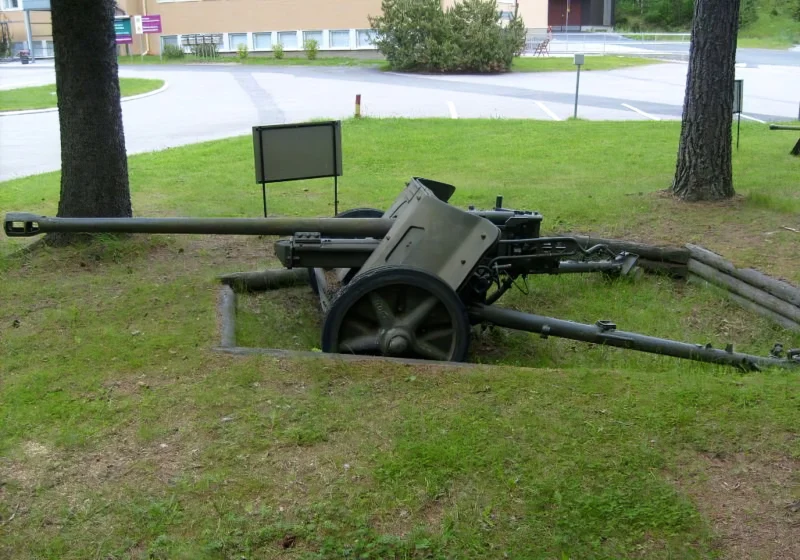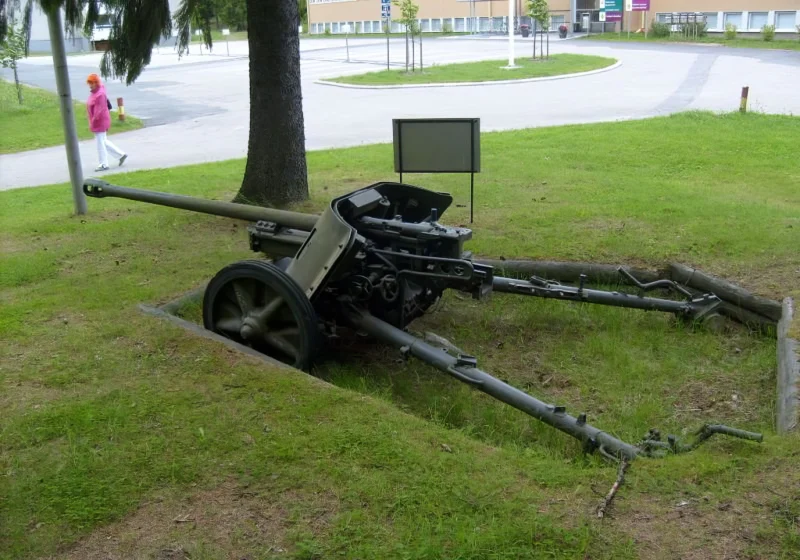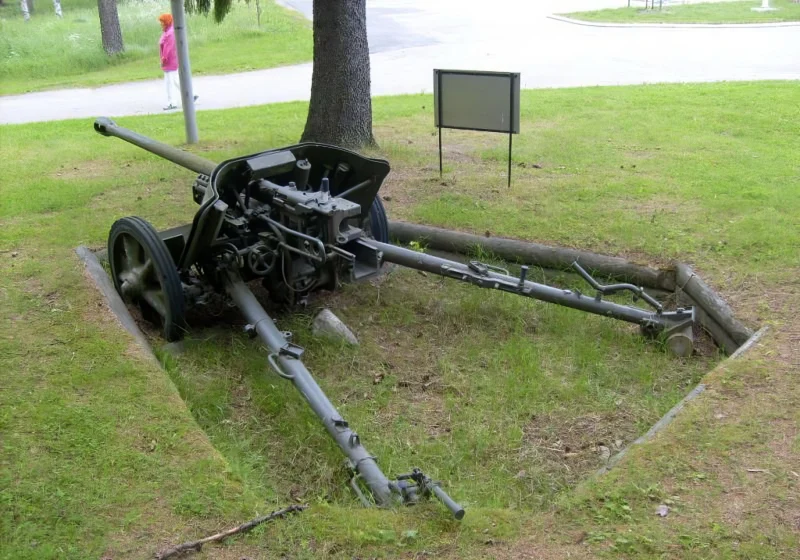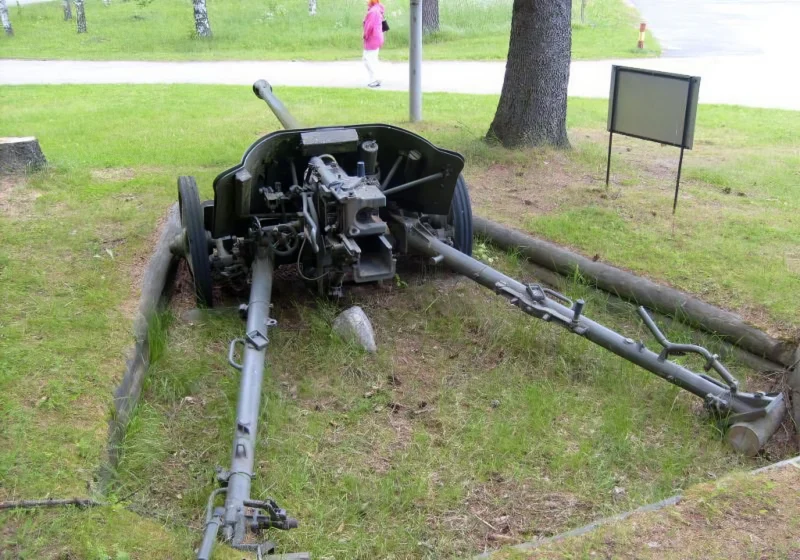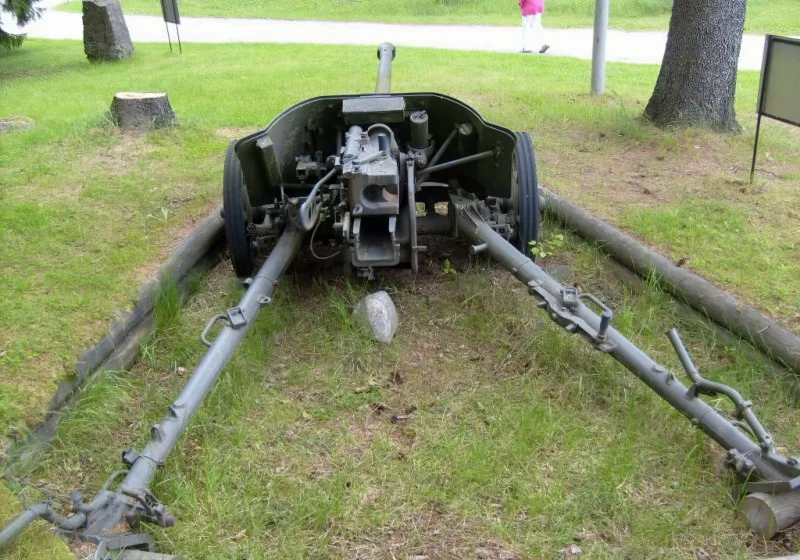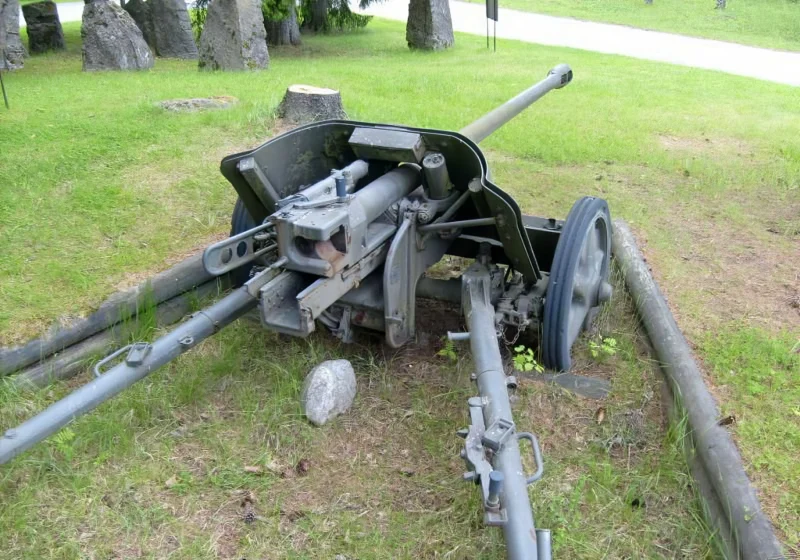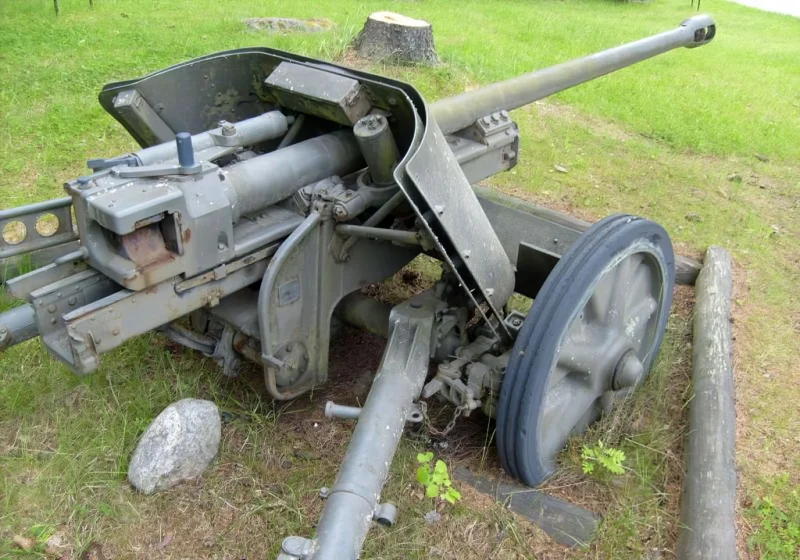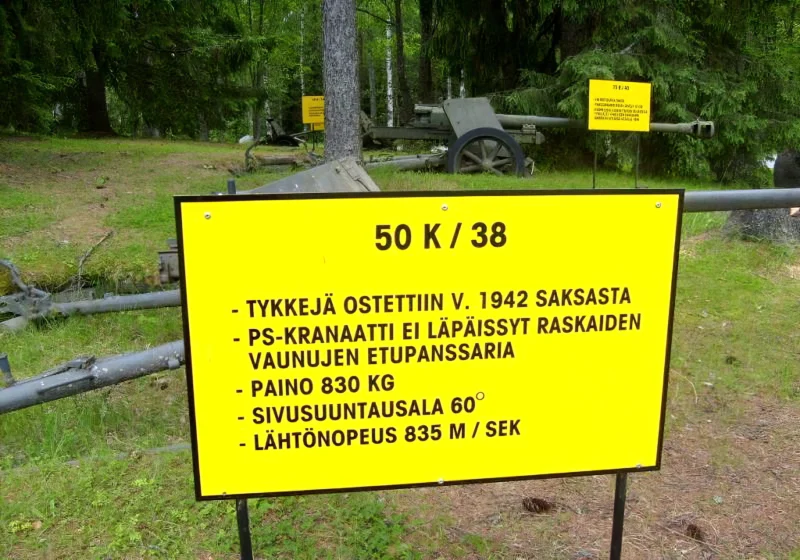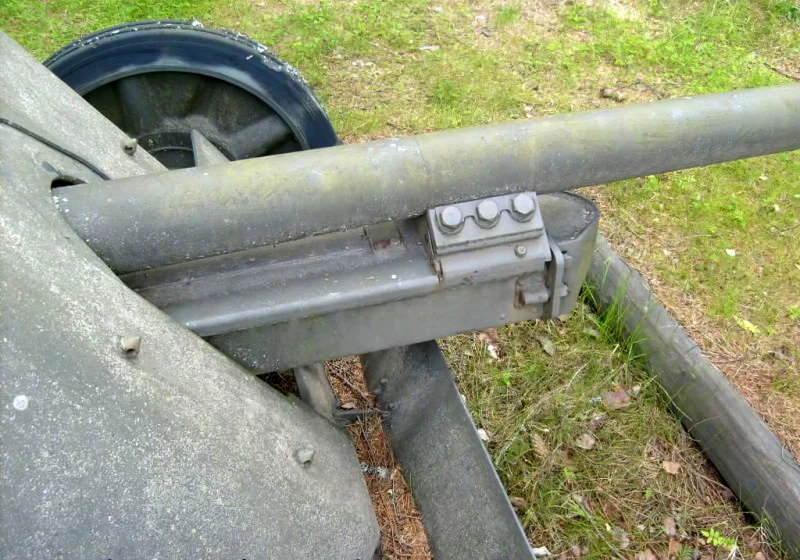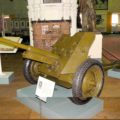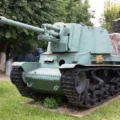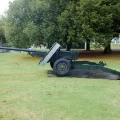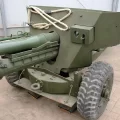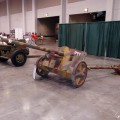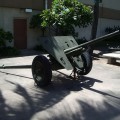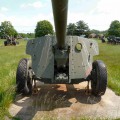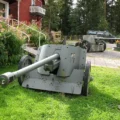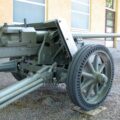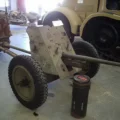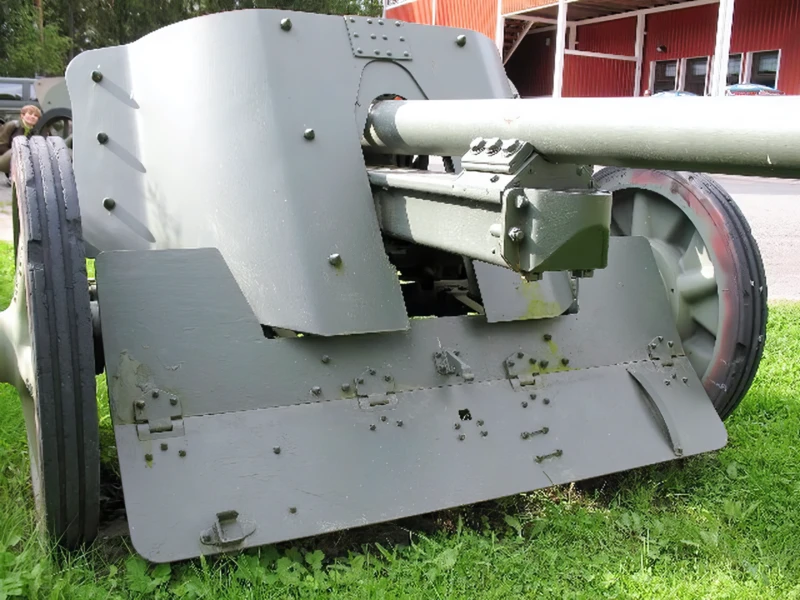
Pak 38 | |
|---|---|
| Country | Germany |
| Type | Anti-tank gun |
| Topic | Album of 43 photos walk-around of a Pak 38 |
The 5 cm PaK 38 (L/60) (5 cm Panzerabwehrkanone 38 (L/60)) was a German anti-tank gun of 50 mm calibre. It was developed in 1938 by Rheinmetall-Borsig AG as a successor to the 37 mm PaK 36, and was in turn followed by the 75 mm PaK 40. The PaK 38 was first used by the German forces during the Second World War in April 1941. When the Germans faced Soviet tanks in 1941 during Operation Barbarossa, the PaK 38 was one of the few early guns capable of effectively penetrating the 45 mm (1.8 in) armor of the T-34. Additionally, the gun was also equipped with Panzergranate 40 APCR shots which had a hard tungsten core, in an attempt to penetrate the armor of the heavier KV-1 tank. Although it was replaced by more powerful weapons, it remained a potent and useful weapon and remained in service with the Wehrmacht until the end of the war.
源: 维基 百科
另请参阅:
The **PaK 38** was a German towed anti-tank gun used extensively by the Wehrmacht during the middle period of World War II. It was developed by Rheinmetall-Borsig AG to address the need for a more powerful weapon than the rapidly obsolete $3.7 \text{ cm PaK } 36$.
Role and Performance
The PaK 38 represented a significant leap forward in German anti-tank technology when introduced in late 1940. Its 50mm caliber and L60 long barrel provided a high muzzle velocity, greatly increasing its armor penetration capabilities.
- **Initial Success:** When first encountered on the Eastern Front, the PaK 38 was one of the few German guns capable of penetrating the armor of new Soviet tanks like the **T-34** and **KV-1**, particularly when firing its specialized **Panzergranate 40 (Pzgr. 40)** tungsten-cored ammunition.
- **Limitation:** As the war progressed and Allied tanks, such as the later Soviet and Western types, featured even thicker armor, the PaK 38 began to struggle. It was eventually supplanted in production by the more effective 7.5 cm PaK 40, although the 5 cm gun remained in service until the end of the war.
Design Characteristics
The PaK 38 was designed with mobility in mind for a weapon of its size, incorporating features such as:
- **Lightweight Construction:** The carriage often utilized light alloys to reduce overall weight, making it easier to tow and position by its crew of five.
- **Carriage:** Featured a split-trail carriage that was spread open to create a stable firing platform.
- **Gun Shield:** A characteristic low-profile, double-layered gun shield offered decent protection to the gun crew.
- **Ammunition Versatility:** Beyond standard Armor-Piercing (AP) and High-Explosive (HE) shells, the gun made crucial use of the high-velocity, sub-calibre APCR shot (Pzgr. 40) for maximum penetration against heavy armor.
Key Specifications
| 特征 | 规范 |
|---|---|
| **Calibre** | 50 mm |
| **Barrel Length** | 60 calibers L/60 |
| **Weight in Action** | Approx. 986 kg |
| **Max Traverse** | 65 |
| **Muzzle Velocity (APCR)** | Up to 1,130 m/s (with Pzgr. 40) |
观点 : 3706
